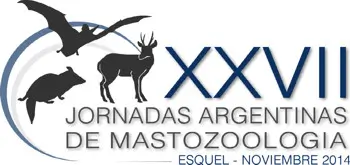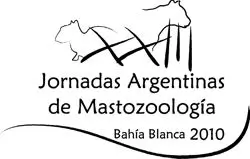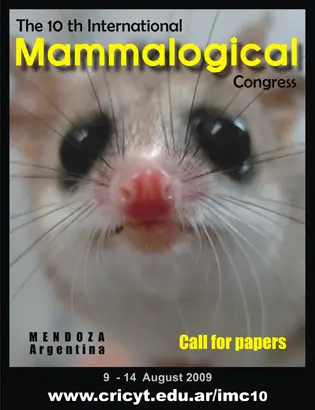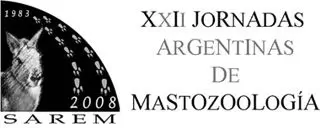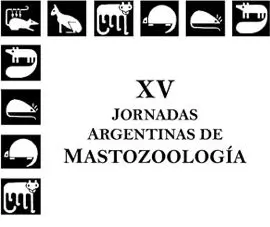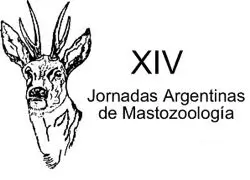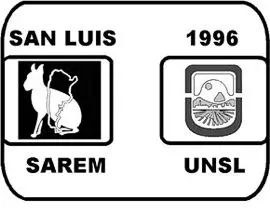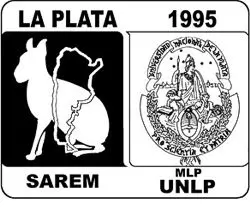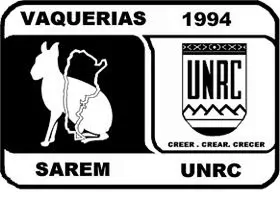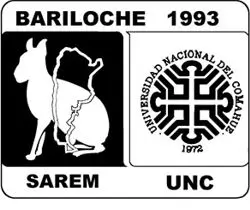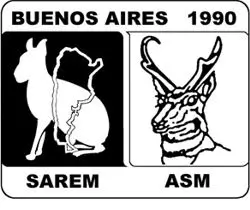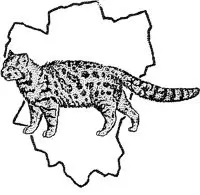
Thermal stress and wildlife welfare: first study of thermotolerance in the native rodent, the plains vizcacha (Lagostomus maximus)

Thermal stress and wildlife welfare: first study of thermotolerance in the native rodent, the plains vizcacha (Lagostomus maximus)
- Tipo de actividad: Poster
- Palabras clave: heat stress; thermal waves; thermotolerance; wildlife; temperature-humidity index; climate change
- Autoría: Quiroga Baeza LA, Calcagno J, Chambi M, Llanos M, Gomez H, Burd I, Vitullo AD, Susana Rulli, Dorfman VB, Halperin J
- Afiliación: Centro de Estudios Biomédicos Básicos, Aplicados y Desarrollo (CEBBAD), Universidad Maimónides, CABA, Argentina | Consejo Nacional de Investigaciones Científicas y Técnicas (CONICET) | Departamento de Biodiversidad y Biología Experimental, Facultad de Ciencias Exactas y Naturales, Universidad de Buenos Aires, CABA
- Email: halperin.julia@maimonides.edu
Animal welfare is influenced by environmental temperature, so rising temperatures derived from global warming and climate change pose an increasing risk of heat stress (HS). While most research on HS and thermotolerance has focused on livestock, driven largely by economic concerns, the effects on wildlife remain comparatively understudied. This work evaluated HS responses in plains vizcacha (Lagostomus maximus), a native wild rodent with key ecological functions in the restructuring of plant biomass, with the aim of identifying upper critical values of the temperature-humidity index (THI) using noninvasive physiological and behavioral indicators. Adult vizcachas were randomly assigned to either a thermoneutral (TN) group or a HS group (n=7 each). Both were exposed for 7 days to a stable ambient temperature of 22 °C, while the HS group experienced a daily 6-hour thermal wave peaking at 33 °C. At the peak of each thermal wave, peripheric body temperature was significantly higher in HS animals (37.6 ± 0.2°C) than that of TN animals (35 ± 0.1 °C) (p < 0.05). Such increase was transient, with body temperature ultimately aligning with that of the TN individuals between thermal exposures. No significant differences were found between groups in terms of food intake, body weight gain, feed conversion ratio, hematocrit values (as a proxy for hydration), or circulating cortisol levels, a common stress biomarker. Behavioral assessments, including time spent in grooming, exploring, feeding, and resting were also comparable. Nevertheless, exhaustion, moist fur, and pronounced ear reddening were occasionally observed when THI exceeded 30. Our results suggest that under acute heat stress, particularly with THI surpassing 25, vizcachas can maintain physiological and behavioral stability through effective thermoregulatory mechanisms, likely via evaporative heat loss through nose, ears, paws and tail. These findings highlight the species’ capacity to cope with acute thermal challenges without compromising welfare, although higher THI thresholds may still present risks.










